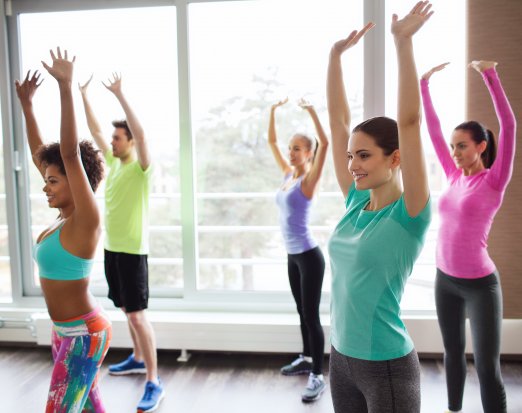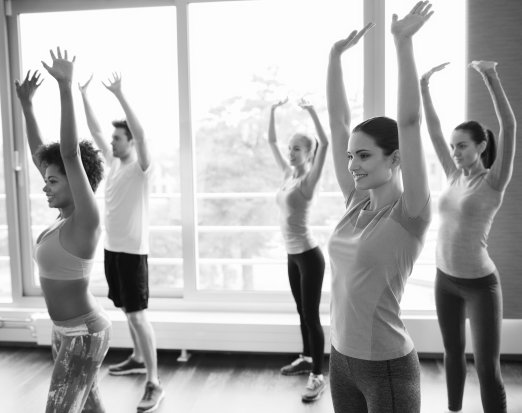Experts reveal the secrets to becoming a better runner
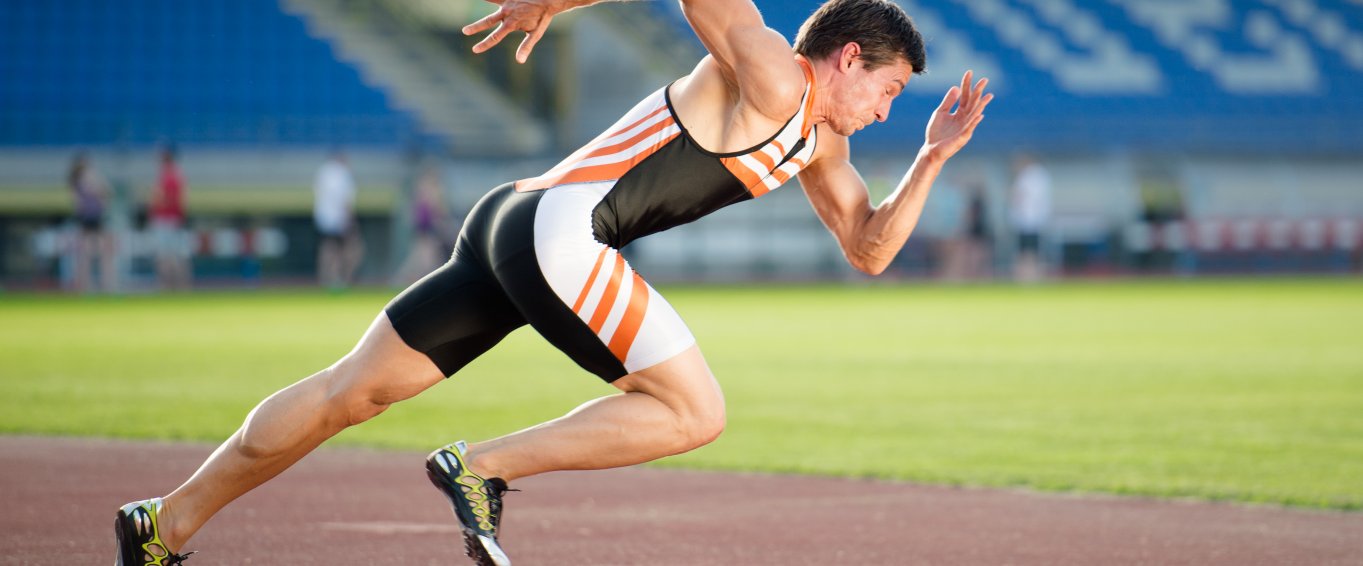
Do you want to become a stronger, faster and more powerful runner? Then you’ve probably been told that you need to run every day. We’re here to tell you the opposite – do less running to become a better runner.
Sam Greenwood, is a physical literacy expert who has been working in the fitness industry for 30 years. He commented on why focusing on running doesn’t necessarily make you a better runner.
“There is too much emphasis on actual running, when in reality runners should be focusing on improving core skills such as strength, posture, stability and mobility.”
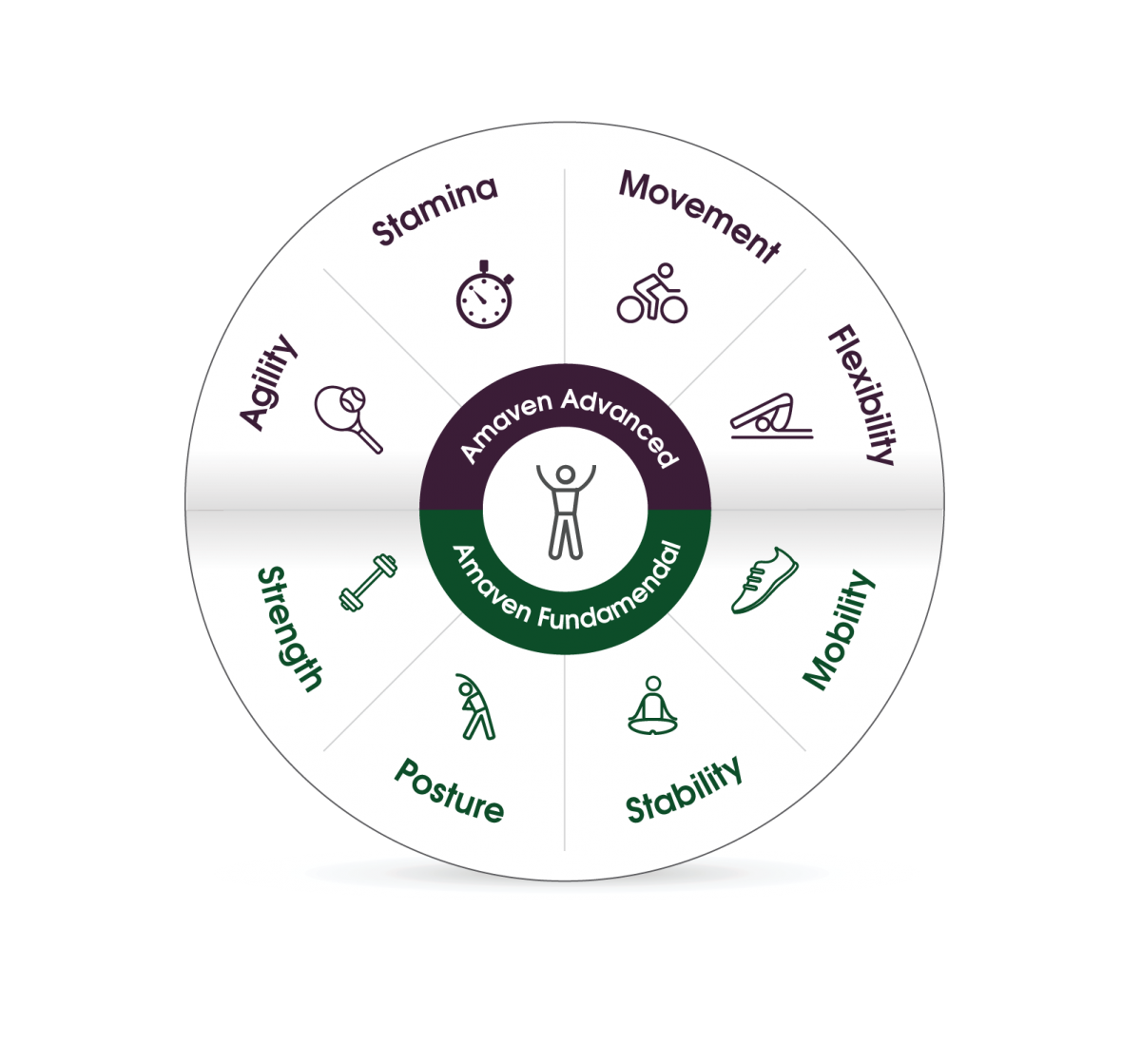
He continued,“If you look at our fitness formula, you can see that you must master these essential skills before you can progress to the advanced stages of fitness; agility, stamina, flexibility and movement. Only once you’ve developed these skills you will become be a more efficient runner.”
This may sound challenging, but when put into practise, everyone can learn to become a stronger, faster and more powerful runner. Whether you’re training for a marathon, or looking for a beginner’s guide to running; we’ve spoken to fitness professionals from all over the world to help you become a better runner.
Implement Plyometric Exercises
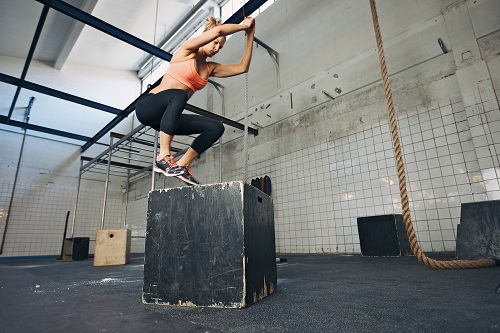
If you really want to boost your running economy, implement plyometric exercises two or three times a week into your training. Health and fitness coach, Darren Craven, explains why every runner should incorporate plyometric exercises into their routine:
“The term ‘plyometric’ is commonly used to describe any explosive, jumping exercise. Even though this a popular addition to circuit training and is used in many sports, plyometric tends to be exercises that are not commonly used among runners.”
He continued, “The most important functions of muscles and tendons during running is to store energy. Like a spring, your body can store some energy from impact and then unload that energy to propel your body forward. A large portion of your energy actually comes from the energy stored in your legs from the impact you made with the ground.”
A study published in the Journal of Strength and Conditioning that tested the effect of plyometric exercises and running, further confirms that runners will benefit from adding in plyometric exercises. The study established a baseline by asking all participants to complete a timed 5km run, then split them into two groups. One group’s training consisted of running around two or three times a week, whereas the second group ran less but also completed bodyweight plyometric exercises. After eight weeks, both groups had significantly improved their 5km times, but the plyometric group ran 25% less than the other and still achieved the same results.
Plyometric training activates different muscle recruitment patterns than distance running does, it teaches your body to react to fast-twitch fibres. Maximising muscle recruitment allows you to exert more force into your legs and propel yourself faster.
Darren recommends adding Switch Lunges, Leg bounds and Box Jumps into your workout to improve your run.
Improve your posture

Your posture is the foundation of your movements, it affects how you sit, stand, walk and run.
Sam Greenwood explains how posture affects our bodies:
“You can do as much strength training as you want, but poor posture will translate to a bad run. As gravity pushes down on our bodies, our muscles make thousands of tiny contractions to keep us in natural position, which means that you are actively maintaining your joints in the middle of their range of motion whilst standing, sitting and moving."
He continued, “Poor posture shifts your centre of mass back, accentuates over striding and impairs your ability to control the muscles in the spine and the lower legs. This lack of control can inhibit you from correctly storing and releasing the elastic energy for optimum running performance.”
Sam suggests doing the following stretches to improve your posture; Kneeling hip flexor stretch, Balanced Donkey Kicks and to also practise a neutral spine whenever you can.
Strengthen your posterior chain
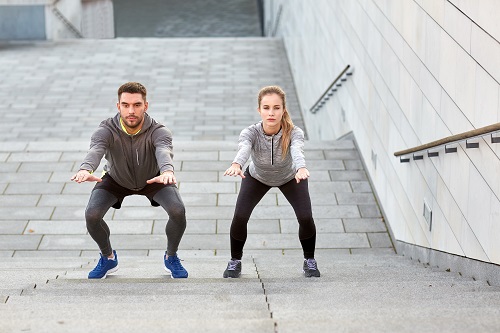
A strong posterior chain is the secret weapon to transforming running performance. As one of the most important muscle groups in the body, the posterior chain refers to the series of muscles including the lower back, the glutes, the hamstrings, and the calf muscles.
Josh Anderson, M.S, Personal Trainer and founder of DIYActive.com, shared his thoughts:
“Strengthening the posterior chain is always a good idea because you want your entire body to be strong (apart from one muscle group being tight the entire time) and many people negate this chain. By having a strong posterior, as well as a strong set of anterior muscles, you not only improve your overall posture but it can also improve your running.”
Deadlifts, squats, lunges, along with plyometric moves, are the key exercises that will help you to become a stronger and faster runner.
Never forget your balance

Matthew Crehan, Author of The Art of Running and Sport and Exercise Science graduate from University of Leeds, explains why balance is crucial to honing running performance.
“Balance is often forgotten by runners, but it is key to performance from the balance needed to maintain efficiency in each stride to helping to avoid injuries. For example, the ankle is very common to injure while running, due to the nature of undulating surfaces, such as muddy x-country courses and the up and down of pavement, which is always a tricky area when running fast in the dark when you are slower to respond to the change in level of the road.”
He continued, “The undulating surface, along with poor balance and stability around the ankle joint often lead to runners going over on their ankle. A quick and simple exercise to help strengthen the joint and increase balance around it is to stand on one leg with your eyes closed for 30 seconds before repeating on the other, you can also add to this by using a balance board.”
Develop your core

As the creator of Roga, a unique run-yoga workout that focuses on running efficiency and overall strength and flexibility, Holly Mcfee understands the correlation between a strong core and a powerful run:
"A strong core is vital for good running form; the core muscles work together to stabilise the whole body, allowing the arms and legs to work hard, propelling you along at a pace. If the core is weak, runners will tire more easily and tend to slump, particularly on long runs. This contracts the lungs, limiting the amount of oxygen reaching the lungs which reduces blood flow to the working muscles. Furthermore, a weak core can mean that movement from the arms or legs can throw the rest of the body around; making the energy spend totally inefficient and increasing the risk of injury."
Matthew Crehan also commented, “Core strength is key for a runner, helping to keep posture correct while running, but also allowing you to drive harder with each stride. When I first started running at 15, and through my years competing at national level, I found that without 30 minutes of core exercise each day, my overall running performance suffered - a lack of core strength and altering my running style ever so slightly, meant that each stride expanded that little bit more energy than should have needed.”
Prevent injuries

Staying injury free is a simple way that runners can improve their strength, power and speed. Being aware of your body and staying pain free enables you to train more frequently and increase the intensity of your workouts.
Tara Whitbread, Personal Trainer, Fitness Instructor and Nutritional Advisor, shared her injury prevention tips.
“Ensure that after every single workout, whether it's a run or a strength session, you stretch! This is one of the most crucial parts of your training that is so often overlooked. Having tight muscles will not only affect your performance but increase your chances of injury. So take the time to stretch these properly to look after them.”
If you want to become a stronger, faster and more powerful runner, or you want to help your clients achieve this, then join the experts at Amaven. Our innovative online platform makes it easy for anyone to become physically fit, through a standardised fitness test, individual fitness record and personalised training programs.


